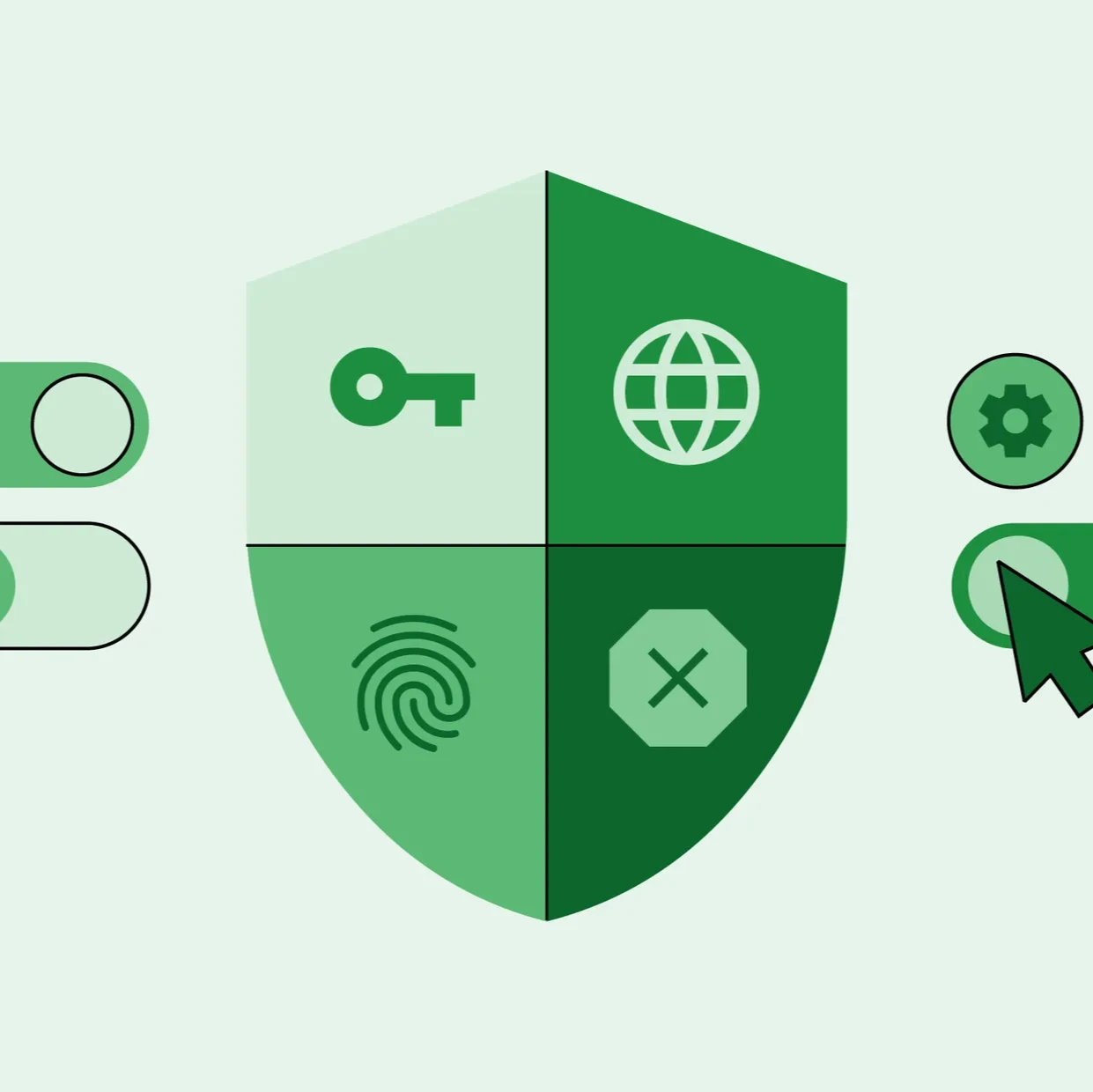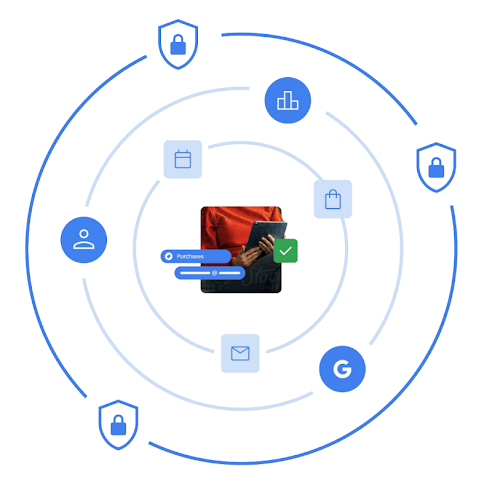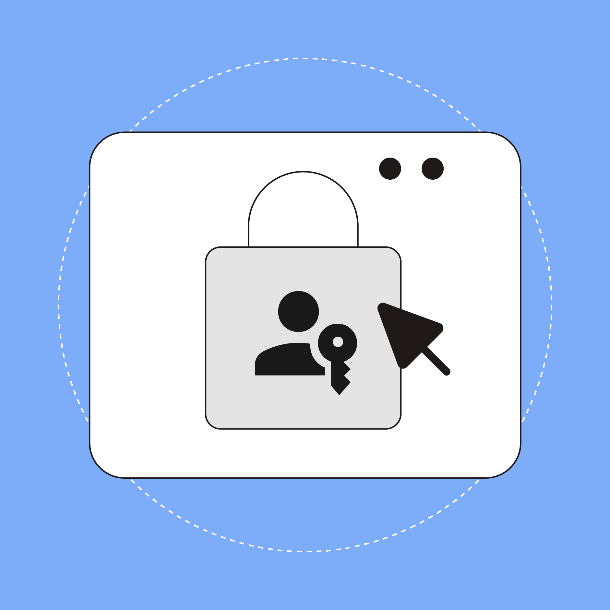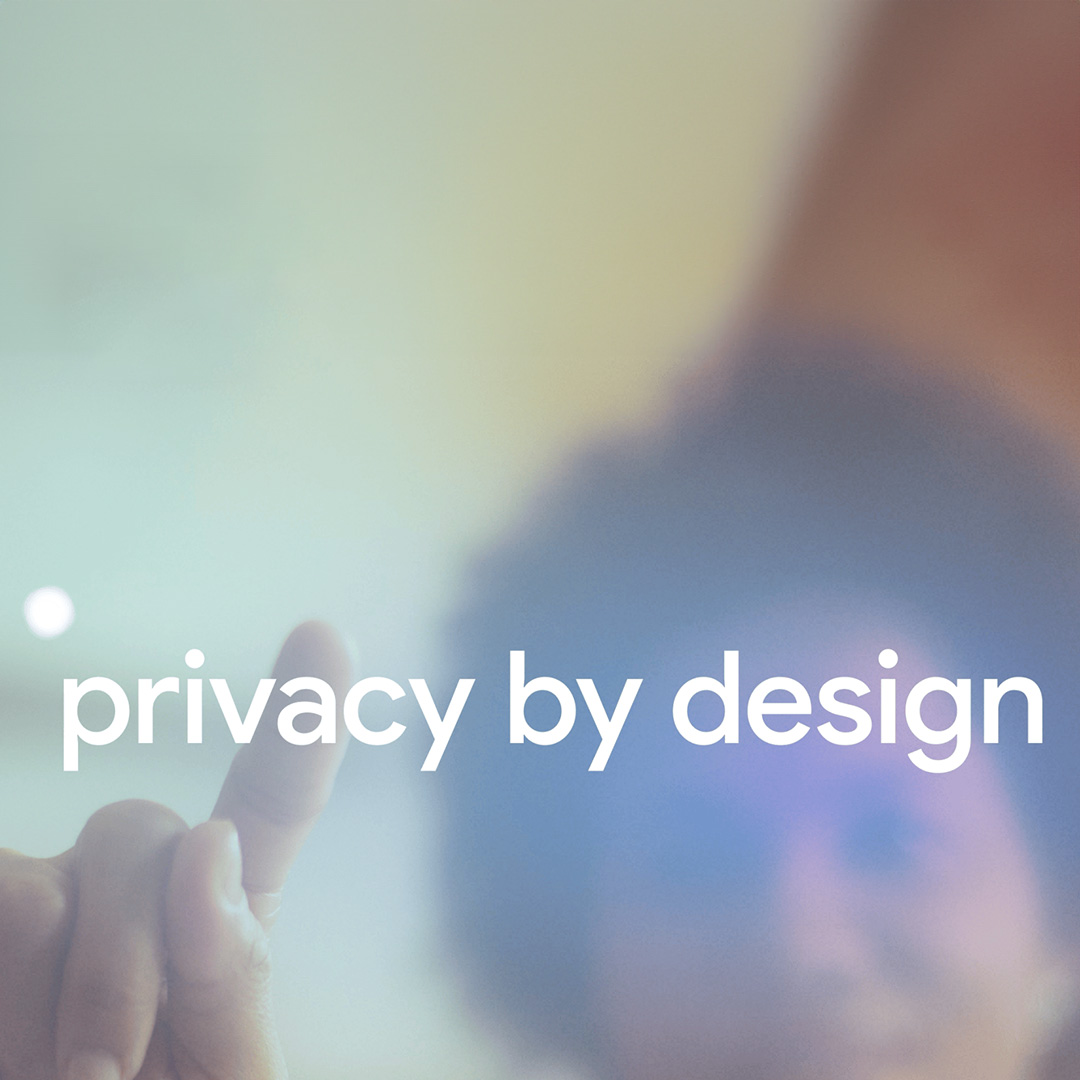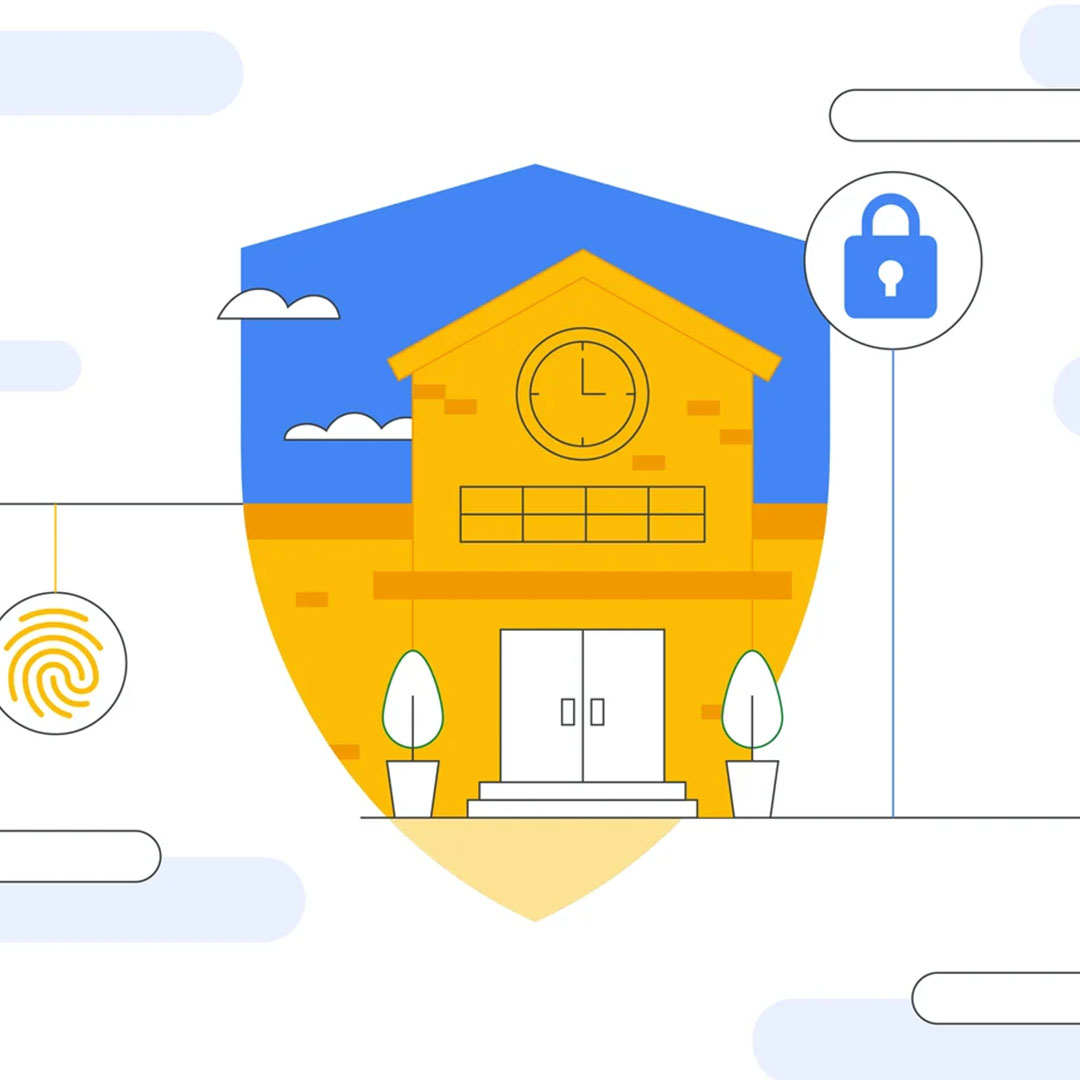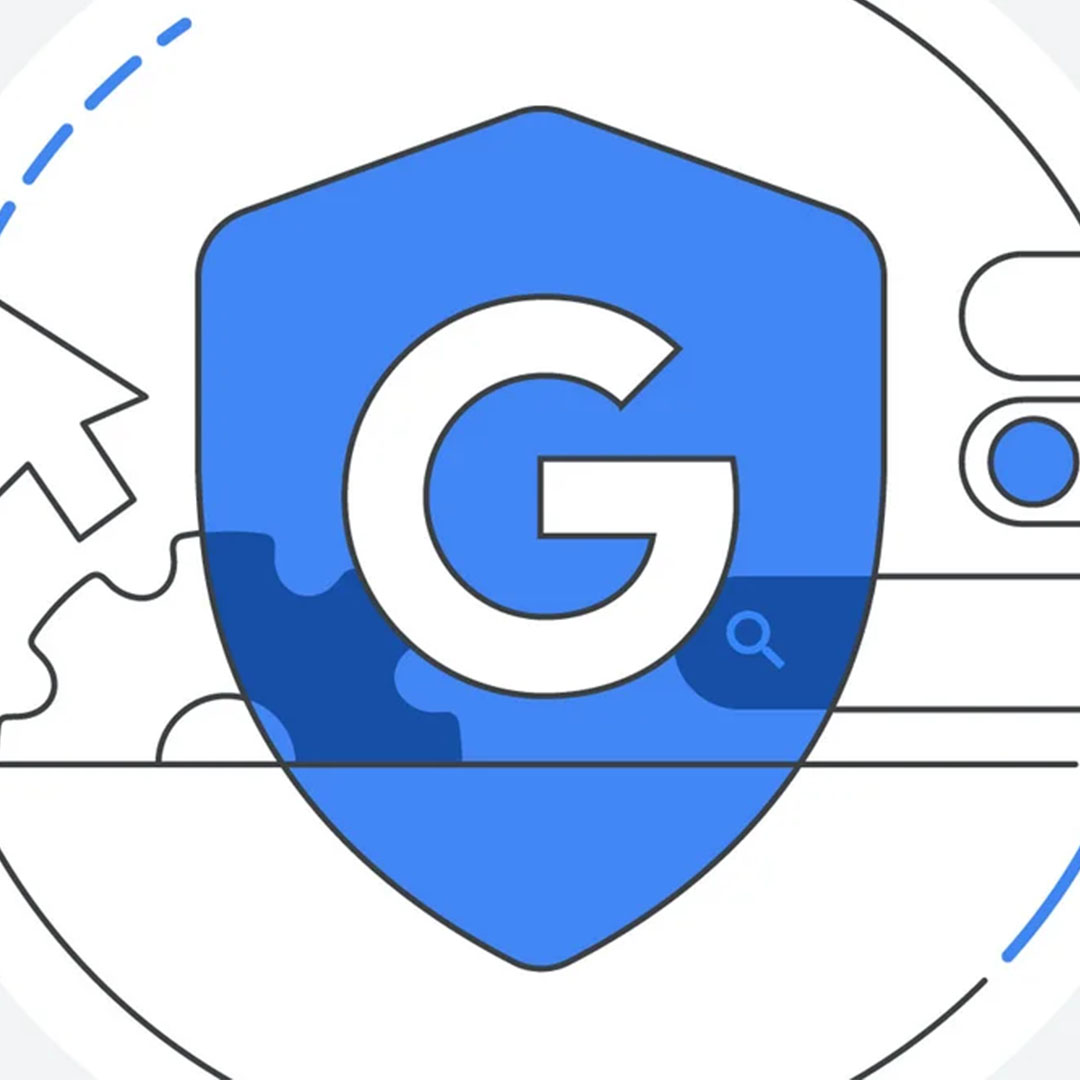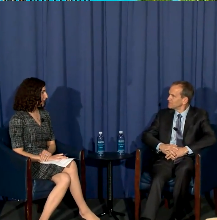Protecting user privacy
We support privacy regulation and policy that fosters trust and are committed to providing products and services that are private-by-design, secure-by-default, and that put users in control of their information.
OVERVIEW
8 in 10 voters
consider a comprehensive federal privacy law to be an “extremely” or “very” important priority for Congress. The App Association
Defining policy around the reasonable collection and use of user data is an ongoing challenge for policymakers, but there is unprecedented consensus that the US needs a nationwide privacy law. How can we build on that common ground and develop a framework that provides clarity and accountability for companies and organizations and builds trust in the digital ecosystem?
We have led the industry call for a strong national privacy law in the US and likewise support the development of comprehensive privacy laws around the world.
RECENT NEWS
View moreWORKING TOGETHER
Sharing expertise and resources to help achieve collective goals
EXTERNAL PERSPECTIVES
Diverse viewpoints on areas of shared concern
OUR EFFORTS TOWARD A SHARED SOLUTION
Protecting our users’ privacy and security is a responsibility that comes with creating products and services that are accessible for everyone. This is especially important as technology progresses and safety needs evolve. We look to these principles to guide our products, our processes, and our people in keeping our users’ data private, safe, and secure:
1. We never sell your personal information to anyone.
2. We are transparent about what data we collect and why.
3. We make it easy for you to control your personal information.
4. We reduce the data we use to further protect your privacy.
5. We protect you by building products that are secure by default.
6. We build advanced privacy technologies and share them with others.
Learn more about how we keep your personal information private, safe, and secure across all of our products here.
We build controls to help users manage their information so that they can choose the privacy settings that are right for them. For example:
- Using Activity Controls, you can decide what types of activity are tied to your account to personalize your experience across Google services. You can pause specific types of data from being saved in your account—like your Search and browsing activity, YouTube History, or Location History.
- Auto-delete settings let you choose a time limit for how long you want to keep your activity data. Data older than the limit you choose will be continuously and automatically deleted from your account. This makes it easy for you to set it and forget it, but you can always go back and update these settings at any time.
- My Activity is the central place where you can find everything you’ve searched, viewed, and watched using our services. To make it easier to recall your past online activity, we give you tools to search by topic, date, and product. You can permanently delete specific activities or even entire topics that you don’t want associated with your account.
- My Ad Center was designed to give you more control over your ad experience on Google’s sites and apps. When you’re signed into Google, you can access My Ad Center directly from ads on Search, YouTube, and Discover, and choose to limit ads related to sensitive topics such as alcohol, dating and gambling, and see more of the brands and topics you like and less of the ones you don’t.
We want to protect our users whenever they’re online by strengthening the security of the entire internet, not just Google products and services. We create some of the world’s most advanced privacy and security technologies and share many of them openly for others to adopt.
- Backing our services with HTTPS encryption ensures you can securely connect to sites and enter your private information like credit card numbers without anyone intercepting your information. We’ll continue investing to make sure our sites and services provide modern HTTPS by default, and we’ll help the rest of the web make the move to HTTPS too by providing tools and resources to all developers.
Google continues to make significant, long-term investments in researching, developing, and deploying the industry’s most effective, intuitive, and innovative privacy technologies. We leverage a range of efforts to deploy privacy protections across many Google products and services, enabling us to offer more secure and private experiences to our users. Learn more here.
Care Studio is designed to adhere to industry-wide regulations and best practices that protect patient data and govern how data can be used and processed, including HIPAA. Google does not own, nor do we ever sell, patient data. We implement administrative, technical, and physical safeguards to protect information through the Care Studio.
At Google and YouTube, everything we do for kids, teens, and families is created to empower, designed to respect, and built to protect. We build age-appropriate products that give families flexibility to manage their unique relationships with technology and implement policies, protections and programs that help keep every kid and teen safer online.
Through Family Link, we allow parents to set up supervised accounts for their children, set screen time limits, and more. Our Be Internet Awesome digital literacy program helps kids learn how to be safe and engaged digital citizens, and our dedicated YouTube Kids app, Kids Space and teacher-approved apps in Play offer experiences that are customized for younger audiences.

